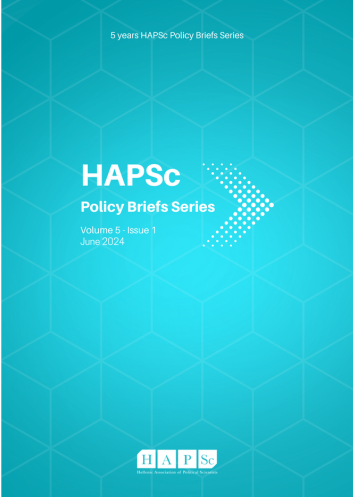Impact of the Sex Work in the Phenomenon of Human Trafficking

Abstract
In modern Europe there is still an obstacle to achieving equality between men and women that turns the human body and human relationships into a commodity. The phenomenon of sex industry affects such as increase of human trafficking, violence and discrimination against women. Most often, victims of sexual exploitation in Europe are the less protected segments of the population: women, children, economically disadvantaged people, refugees an even usual migrants without sufficient experience of living in the new country. Average users of sex industry are men and sexual exploitation is the result of their demand and financial support in the form in which it is now. Traffickers, pimps and just people who involve women in prostitution make huge money, sacrificing the lives and the health of people in difficult situations. Legalisation of prostitution leads to greater demand. For people in poor or precarious economic circumstances it is the way to find “quick money” to survive or avoid intolerable living conditions. They pay for that with their mental and physical health, they are subjected to violence and various violations of rights, they are under control and exploitation, they can be isolated and intimidated.
Article Details
- How to Cite
-
Dudukina, V. (2024). Impact of the Sex Work in the Phenomenon of Human Trafficking. HAPSc Policy Briefs Series, 5(1), 47–52. https://doi.org/10.12681/hapscpbs.38957
- Section
- Articles

This work is licensed under a Creative Commons Attribution 4.0 International License.
Authors retain copyright and grant the journal right of first publication with the work simultaneously licensed under a Creative Commons Attribution License that allows others to share the work with an acknowledgement of the work's authorship and initial publication in this journal.

